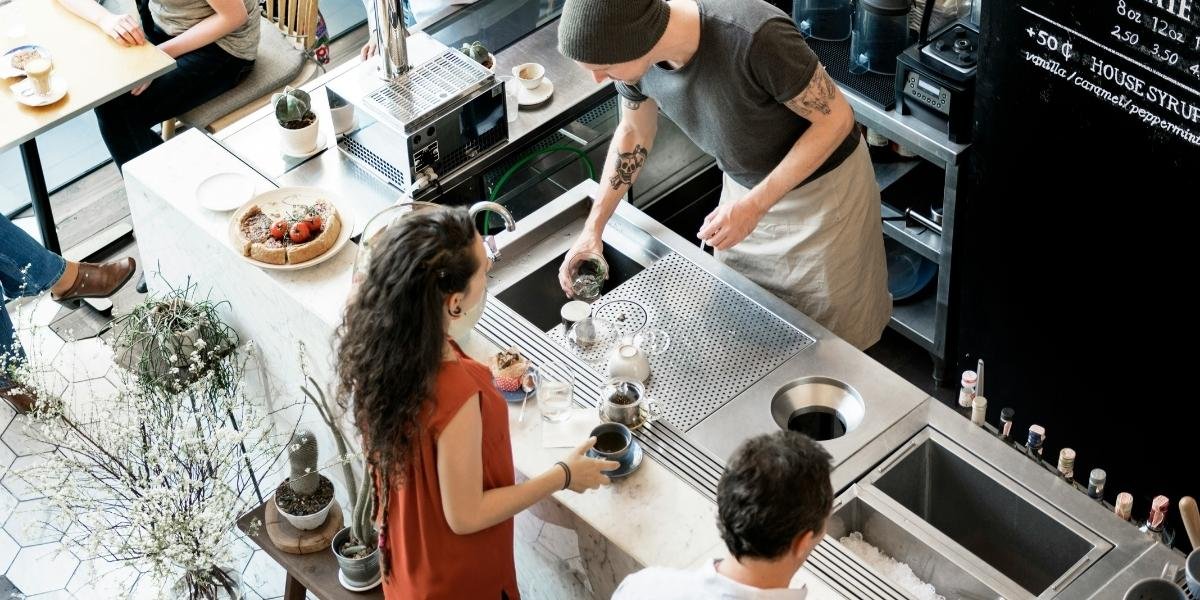From Hustle to Human: NYC’s Lifestyle Pivot
New York City’s lifestyle culture is shifting. The grind is out, and micro-socializing is in. Café working isn’t just about grabbing Wi-Fi—it’s about reclaiming public space for productivity and connection. These trends aren’t just aesthetic; they’re structural. They’re changing how New Yorkers live, work, and interact in real time.
Micro-socializing and café working have become the new rhythm of urban life. You’ll find it in the way people linger at cafés in Fort Greene, take walking meetings in Central Park, or opt for 30-minute hangs instead of marathon brunches. It’s a rejection of burnout culture and a return to intentional living.
Micro-Socializing Is the New Social Currency
Micro-socializing is exactly what it sounds like: short, low-pressure social interactions that don’t require planning or performance. Think five-minute chats with your barista, spontaneous sidewalk catch-ups, or quick co-working check-ins. In a city where time is currency, these micro-moments are becoming the new gold standard.
The trend is especially visible in neighborhoods like the West Village and Williamsburg, where boutique cafés and community hubs are designed for drop-in interactions. Places like Café Kitsuné and Devoción have become unofficial headquarters for this kind of social rhythm. You don’t need a reservation—you just need a reason to pause.
Urban psychologists say micro-socializing helps combat isolation without the emotional labor of traditional socializing. It’s social maintenance, not social performance. And in a city as fast-paced as New York, that’s a game-changer.
Café Working Isn’t Just About Wi-Fi Anymore
Café working has evolved from a freelancer’s fallback to a full-blown lifestyle. It’s not just about finding a table near an outlet—it’s about choosing environments that support creative flow and casual collaboration. In Manhattan, cafés like Felix Roasting Co. and Think Coffee are curating spaces that feel more like studios than coffee shops.
The rise of café working coincides with the hybrid work boom. With fewer people tied to office desks, New Yorkers are reclaiming third spaces—those in-between zones that aren’t home or work. These spots offer ambient noise, caffeine, and just enough social energy to stay focused.
Some cafés are even adapting their layouts to accommodate the trend. Communal tables, soundproof booths, and reservation-based seating are becoming standard. It’s a quiet revolution in how we think about productivity.
Why These Trends Matter to NYC’s Economy
Micro-socializing and café working aren’t just lifestyle shifts—they’re economic signals. They reflect how New Yorkers are spending time and money in ways that support local businesses. Independent cafés, bookstores, and coworking hybrids are seeing a resurgence, especially in boroughs like Brooklyn and Queens.
This shift also impacts real estate. Developers are rethinking mixed-use spaces to include more flexible social zones. Retail corridors are being redesigned to support lingering, not just shopping. It’s a subtle but powerful reimagining of urban design.
Wall Street traders reacted sharply to this week’s major earnings announcements, but lifestyle economists are watching a different metric: dwell time. The longer people stay in a space, the more likely they are to spend—and that’s reshaping how NYC builds its future.
The Anti-Hustle Ethos Is Here to Stay

Micro-socializing and café working are part of a larger movement: the anti-hustle ethos. New Yorkers are still ambitious, but they’re redefining what ambition looks like. It’s not about being busy—it’s about being present. That shift is showing up in everything from wellness culture to work schedules.
Broadway’s record-breaking season proves that New Yorkers still crave cultural connection. But they’re also craving balance. The rise of midday yoga, walking clubs, and solo museum visits speaks to a city learning to breathe between sprints.
This isn’t a rejection of productivity—it’s a recalibration. And it’s happening in real time, across boroughs, industries, and demographics.
What’s Next for Urban Living in NYC
As micro-socializing and café working continue to shape New York’s cultural landscape, expect more hybrid spaces, flexible work models, and community-first design. The city’s pulse is changing—not slowing, but syncing.
These trends aren’t just passing fads. They’re reflections of a deeper shift in how New Yorkers value time, space, and connection. And as the city adapts, so will its businesses, architecture, and social norms.
Whether you’re sipping espresso in SoHo or taking a call from a Prospect Park bench, you’re part of a new rhythm. One that’s less about hustle and more about harmony.











